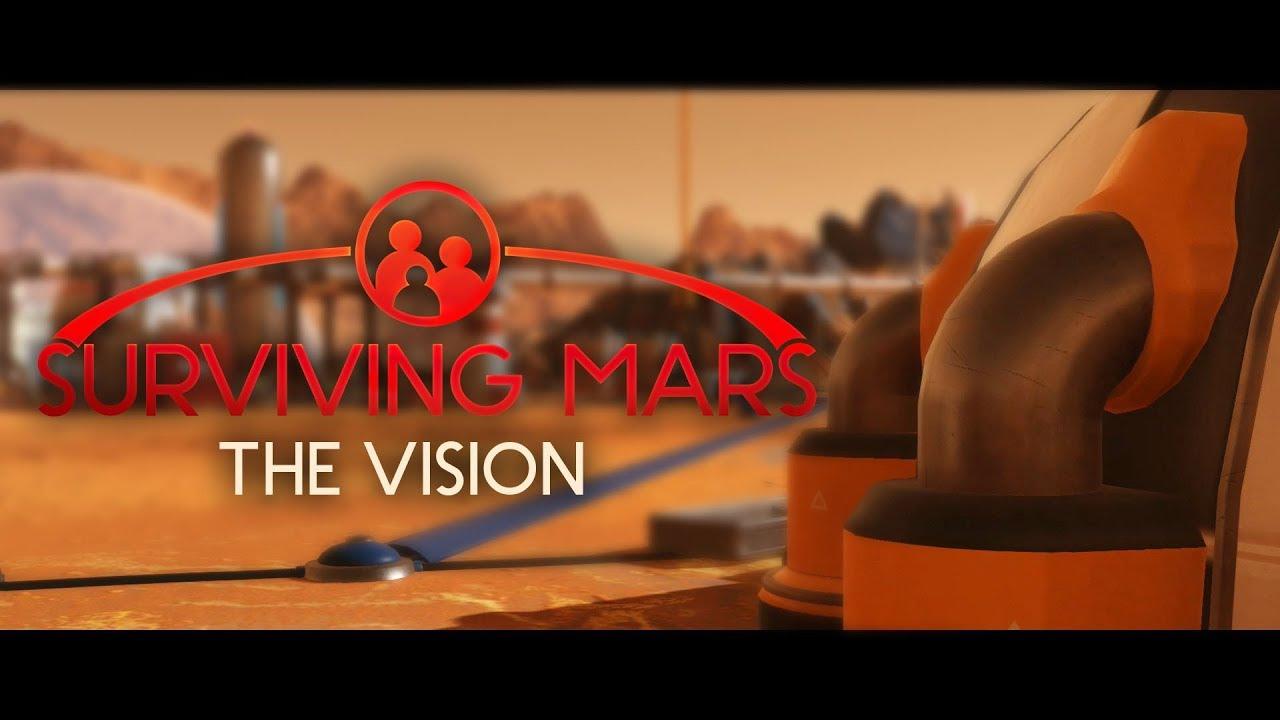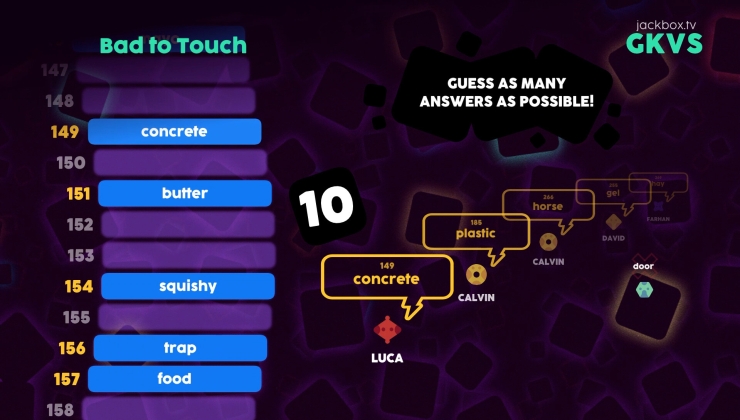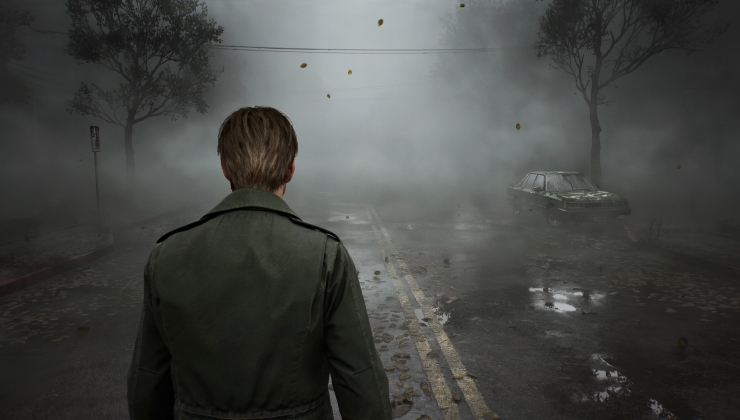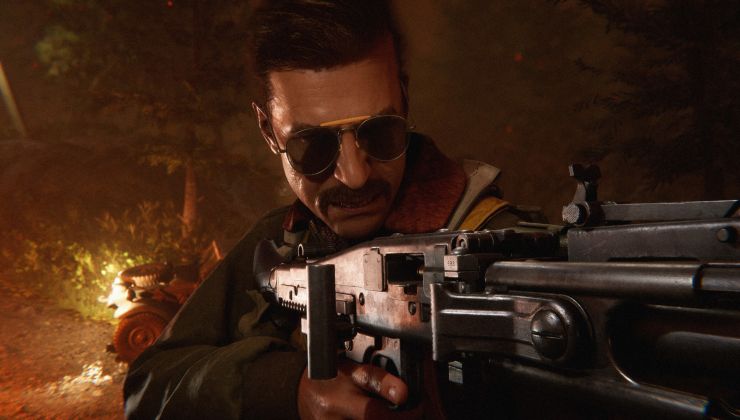Surviving Mars [Steam, Official Site] is the new city-builder from Haemimont Games and Paradox that sees you build a colony in a harsh environment. It's not due for release until next year, so details have been light, but they're finally ready to talk about it some more.

In their first dev-diary, they've written about how it is very much a city-builder, but not quite a traditional one. This is because of environmental hazards, scarcity of materials, failing systems and lack of vital resources.
Unlike Tropico, which Haemimont Games previously worked on, they're going for a more sandbox approach instead of following some sort of campaign. This should give us freedom to experiment and keep coming back to it, which sounds nice. Considering they've teamed up with Paradox, I imagine it will be supported for quite some time after release.
On the topic of fun versus realism, they said this:
Surviving Mars was inspired by the old, idealistic sci-fi stories. You know the ones - from the time when the Galaxy was full of mystery and wonder, and humanity was striving to build a better future among the stars, instead of fighting its own inner demons. This lighthearted and somewhat nostalgic source of inspiration shines both in the game aesthetics and narrative.
We wanted to keep the science in the game plausible without diving into minutiae. Barring some purely fantastic elements that are best saved for a future dev diary, the scientific aspect in Surviving Mars is realistic, but the game is not thematically centered on science. It is about the dream of the first human settlement on another planet.
Also, they included this video. It seems it was uploaded in early October, but they've only just linked it as it's unlisted (so I'm pretty sure it's new to us):

Direct Link
For those that can't watch the video, they sum up their own thoughts about what the game is and will be. They also mention that they've studied real photographs of Mars to make the maps, which is awesome.
I'm seriously excited about this one, cautiously so though, as I don't want to end up too disappointed. I just hope they really take their time with it and create something great.
Quoting: Purple Library GuyQuoting: tuubiDunno if slaapliedje did, but I did.Quoting: slaapliedjeOn that note, I was trying to figure out how you'd even have 100 mile per hour winds... if there was too thin of an atmosphere to properly have winds? I'm pretty sure there are large dust storms on Mars, but are they more in the upper atmosphere? I recall the first pictures before we'd landed anything on there was always showing that it had nasty weather patterns, and giant dust filled hurricanes. But it seems all the rovers aren't seeing that, except for maybe some sand dunes on the edge of craters.You might find this interesting.
Spoiler: It's the first Google hit for "Mars storms".
So, the winds only get to 60 mph and the atmosphere is 1% as thick. I think that's not quite as wimpy as it seems at first glance; if I foggily recall my grade 11 physics, the energy would vary with the square of the velocity. So like, to have as much impact as a full-atmosphere wind of speed X, a 1% atmosphere would have to be at velocity 10X cuz 10 squared = 100. Soooo, if I'm not getting this all totally mangled, a 60 mph wind on mars would have the pushing power of a 6 mph breeze on earth.
Still not exactly capable of threatening to push over a rocket and stranding a certain astronaut, though.
Always good to be educated to reality, but has now ruined the whole premise for that story. :p. But the article did bring up that the storms are strong enough to pick up the dust and spread it literally over the entire globe.
To be fair to the game, aren't the flags being blown from air turbines below to most likely recirculate air from the colony? I ant to play this game, that is for sure. Hopefully they can make it as scienific as possible.
To put a bit more accuracy to what is being said here: the low pressure doesn't forbid higher speed winds (it should even be easier, though convection could be less effective in a thin atmosphere, if I am not mistaken).
Now,just like you have intensity and potential in electricity, wind speed isn't enough to describe its effect (though it is on earth, at a relatively constant pressure).
You can survive 10kV from some electrical fence, or easily stand under a 10km waterfall if there's not much water (the three are a question of potential). Now, factor in the quantity of matter being moved around, and you have the energy (kinetic energy is proportional to the squared velocity, but also to the mass, to complete an answer that was given above).
I am on a mobile phone, so I won't do it now, but you could use the ideal gaz law as a rough approximation of the relative density of the atmospheres (I think 1% is the pressure ratio, though I am not sure).
Edit: or just look it up :P
Last edited by MayeulC on 4 November 2017 at 7:52 pm UTC
Quoting: MayeulCScientific accuracy is a nicety, I won't let this stand in the way of a good game. That said, it can also make a game good (or not, it's up to the game designers).Yeah, all else being equal, scientific accuracy is good. But all else is often not equal; say you wanted to do Barsoom-style-Mars or Space:1889--then the last thing you'd want would be scientific accuracy.
Last edited by Purple Library Guy on 4 November 2017 at 8:04 pm UTC
1) Scientific accuracy so the world can pactice colonizing mars via a simulation.
2) Matian Dreams style (Worlds of Ultima), where the old astronomers thought there were rivers and they could fly there in a rocket ship. Like something from H.G. Wells or Jules Verne.






See more from me